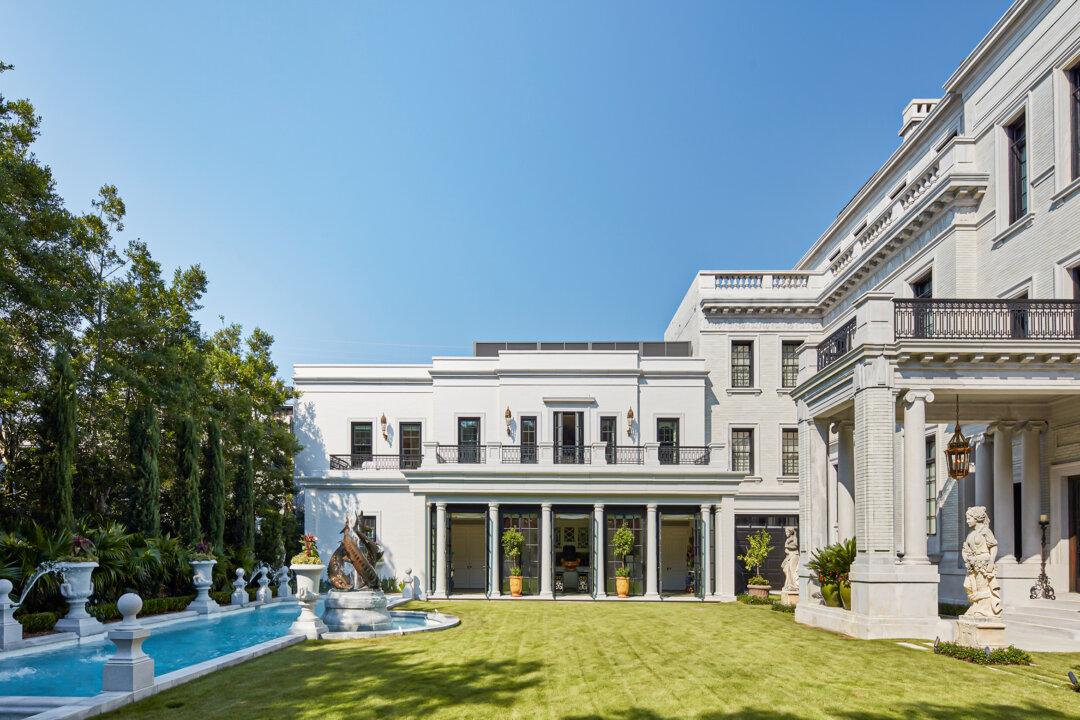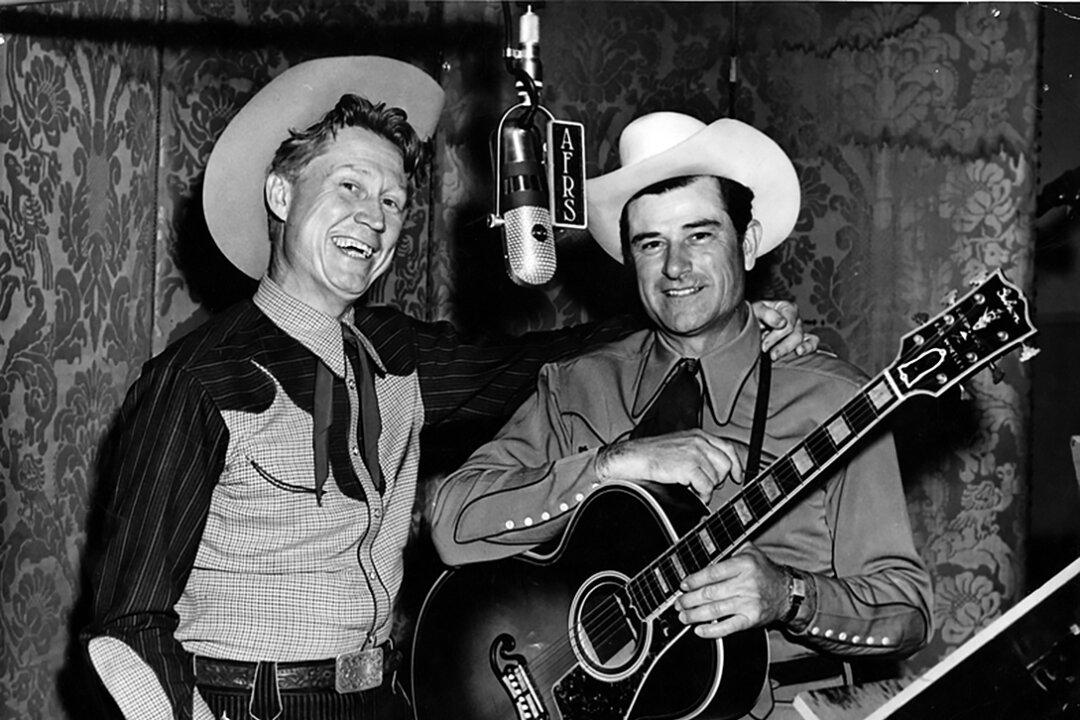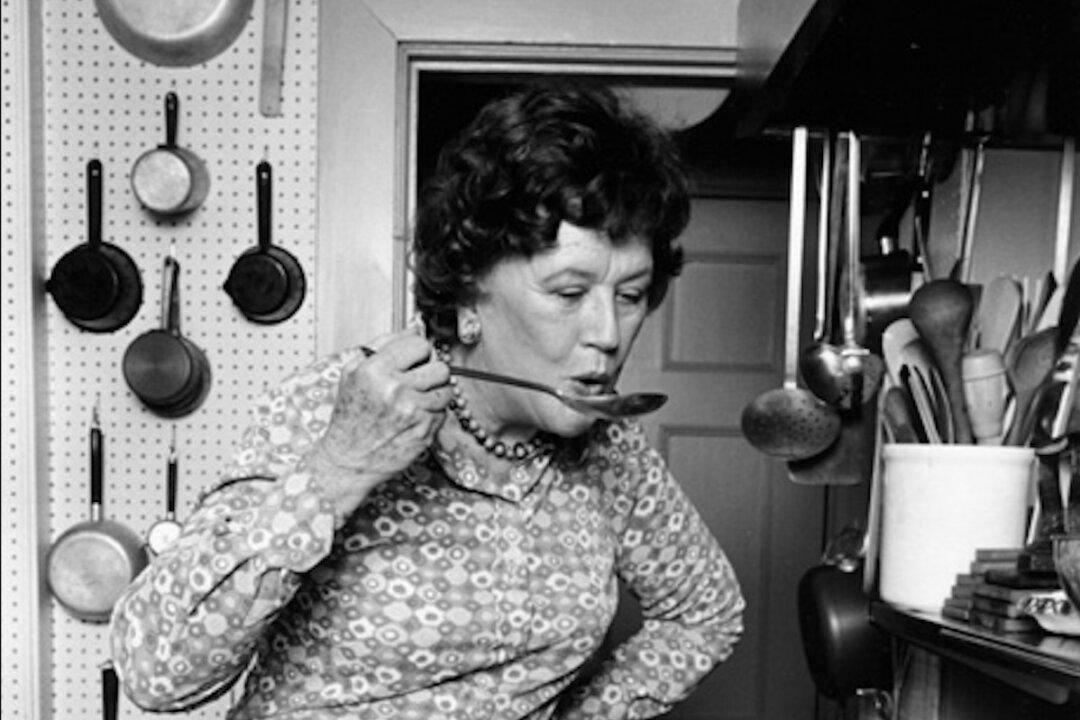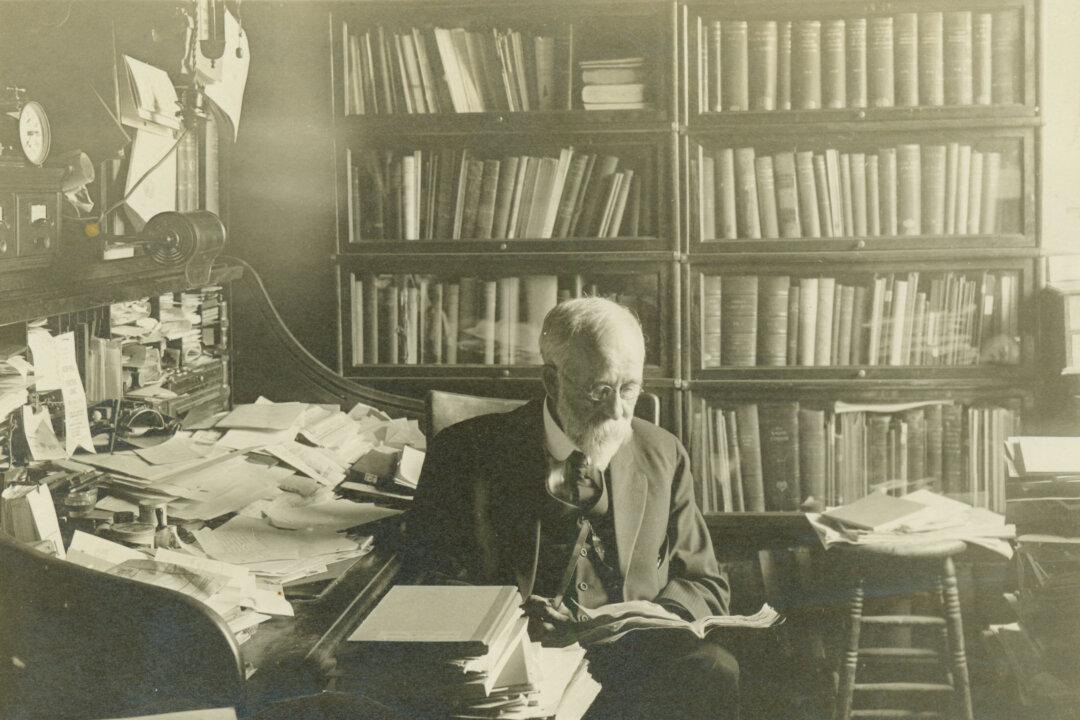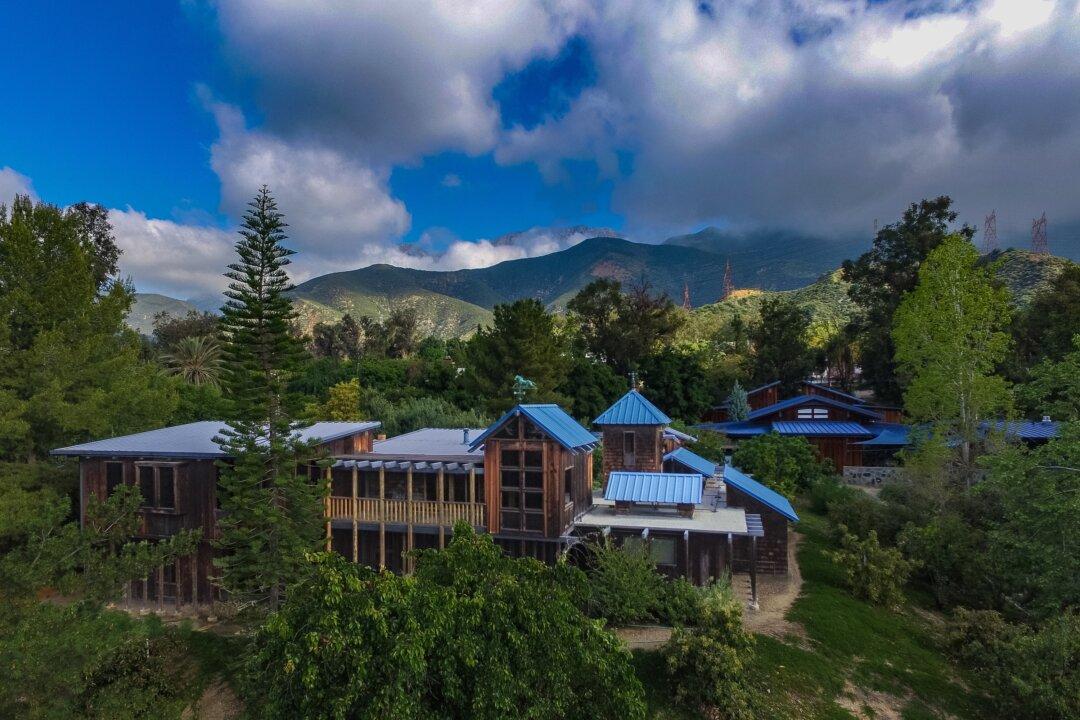In his illustrious design career, Chuck Chewning has executed major projects in Europe and North America, winning big awards. Yet it might have appeared that even someone of Chewning’s virtuosity would need to reach deep into his repertoire to restore the Armstrong Mansion in 2017. This 26,100-square-foot Italian Renaissance Revival palace stands at 447 Bull Street in Savannah, Georgia, across from the 30-acre Forsyth Park with its sensational fountain, and just around the corner from Savannah College of Art and Design, where Chewning studied years before. The sheer scale of the commission was daunting.
How fortunate that his client, Richard Kessler—hotel magnate, real estate developer, and philanthropist—happened to have warehouses filled with decorative arts, musical instruments, and fine-art pieces that he had collected over the years. While working on another commission for a newly built house in Creole plantation style, Chewning and his small staff also bought items for the mansion’s interiors, shopping at auctions for two years. Kessler’s vast inventory helped to get things going much faster.
